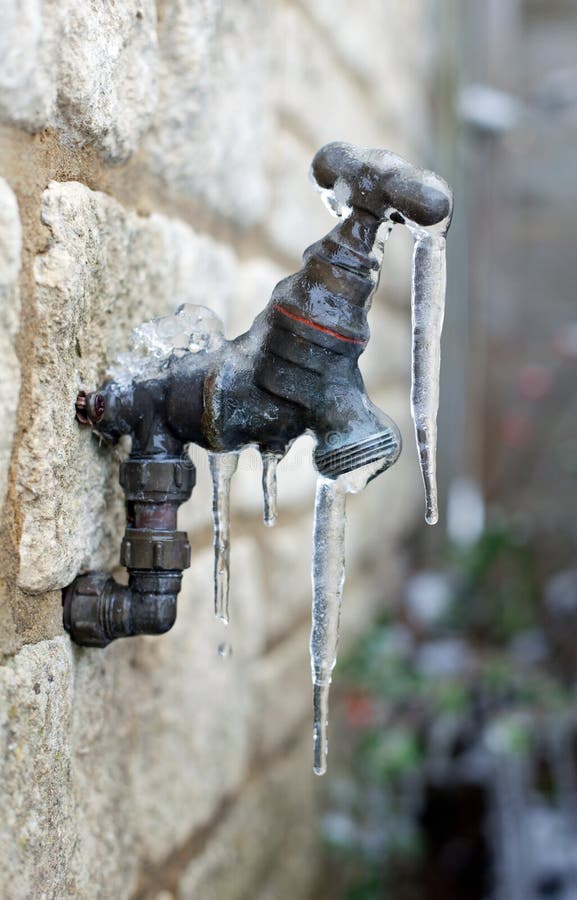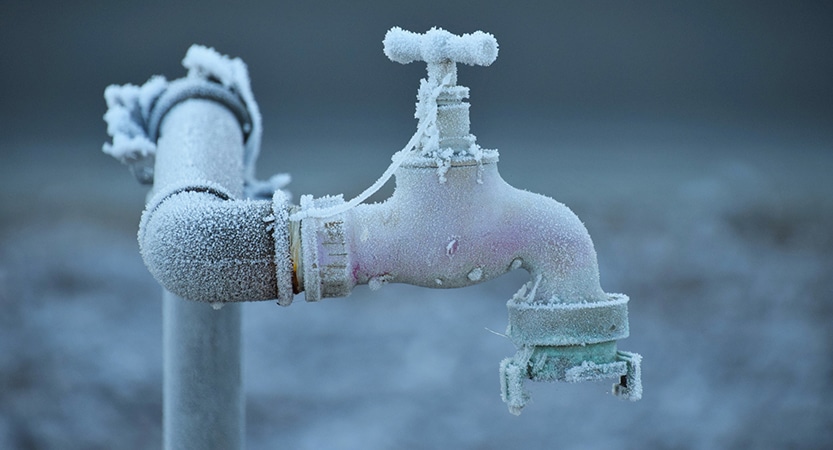Ways to Safeguard Plumbing System from Freezing: Key Strategies
Ways to Safeguard Plumbing System from Freezing: Key Strategies
Blog Article
Are you trying to find insight around Winter Plumbing Precautions: Preventing Frozen Pipes?

Winter can damage your pipes, especially by freezing pipes. Below's how to avoid it from taking place and what to do if it does.
Intro
As temperature levels decline, the danger of frozen pipes rises, potentially leading to pricey repairs and water damage. Recognizing exactly how to prevent frozen pipelines is important for home owners in cold environments.
Avoidance Tips
Protecting susceptible pipes
Wrap pipes in insulation sleeves or use warmth tape to shield them from freezing temperature levels. Concentrate on pipelines in unheated or outside locations of the home.
Heating strategies
Maintain interior spaces properly warmed, especially locations with pipes. Open up cupboard doors to allow cozy air to flow around pipes under sinks.
Exactly how to determine icy pipelines
Try to find lowered water flow from taps, unusual smells or sounds from pipes, and visible frost on subjected pipes.
Long-Term Solutions
Structural adjustments
Take into consideration rerouting pipelines far from exterior wall surfaces or unheated areas. Include additional insulation to attic rooms, cellars, and crawl spaces.
Updating insulation
Invest in top notch insulation for pipelines, attic rooms, and walls. Appropriate insulation aids preserve constant temperature levels and lowers the threat of icy pipelines.
Safeguarding Outside Plumbing
Yard pipes and outdoor taps
Detach and drain pipes yard tubes before winter season. Set up frost-proof faucets or cover outdoor taps with shielded caps.
Comprehending Icy Pipelines
What creates pipelines to ice up?
Pipelines ice up when exposed to temperature levels below 32 ° F (0 ° C) for prolonged durations. As water inside the pipelines ices up, it broadens, taxing the pipe wall surfaces and potentially creating them to rupture.
Threats and problems
Frozen pipes can lead to supply of water disruptions, residential or commercial property damages, and costly fixings. Burst pipelines can flood homes and trigger comprehensive structural damages.
Signs of Frozen Water Lines
Recognizing icy pipelines early can prevent them from rupturing.
What to Do If Your Pipes Freeze
Immediate actions to take
If you think frozen pipelines, keep faucets open to alleviate pressure as the ice melts. Use a hairdryer or towels taken in warm water to thaw pipelines gradually.
Verdict
Protecting against icy pipelines calls for aggressive procedures and quick feedbacks. By comprehending the reasons, indicators, and preventive measures, house owners can protect their pipes throughout winter.
5 Ways to Prevent Frozen Pipes
Drain Outdoor Faucets and Disconnect Hoses
First, close the shut-off valve that controls the flow of water in the pipe to your outdoor faucet. Then, head outside to disconnect and drain your hose and open the outdoor faucet to allow the water to completely drain out of the line. Turn off the faucet when done. Finally, head back to the shut-off valve and drain the remaining water inside the pipe into a bucket or container. Additionally, if you have a home irrigation system, you should consider hiring an expert to clear the system of water each year.
Insulate Pipes
One of the best and most cost-effective methods for preventing frozen water pipes is to wrap your pipes with insulation. This is especially important for areas in your home that aren’t exposed to heat, such as an attic. We suggest using foam sleeves, which can typically be found at your local hardware store.
Keep Heat Running at 65
Your pipes are located inside your walls, and the temperature there is much colder than the rest of the house. To prevent your pipes from freezing, The Insurance Information Institute suggests that you keep your home heated to at least 65 degrees, even when traveling. You may want to invest in smart devices that can keep an eye on the temperature in your home while you’re away.
Leave Water Dripping
Moving water — even a small trickle — can prevent ice from forming inside your pipes. When freezing temps are imminent, start a drip of water from all faucets that serve exposed pipes. Leaving a few faucets running will also help relieve pressure inside the pipes and help prevent a rupture if the water inside freezes.
Open Cupboard Doors
Warm your kitchen and bathroom pipes by opening cupboards and vanities. You should also leave your interior doors ajar to help warm air circulate evenly throughout your home.

I am just very drawn to How to prepare your home plumbing for winter weather and I hope you liked the entire post. Are you aware of another individual who is sincerely interested in the niche? Take a moment to promote it. Kudos for your time. Kindly stop by our site back soon.
Phone Report this page